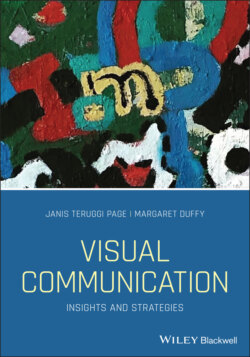Читать книгу Visual Communication - Janis Teruggi Page - Страница 50
Brand Mascots and Celebrities
ОглавлениеBrands frequently use mascots and celebrities as metaphors for the benefits of their products and services. You may have heard of Q Scores, a research service that measures the appeal of various sports figures, movie stars, and musical performers. The appeal is largely powered by photos, images, and drawings. Even cartoons and images of dead celebrities can be persuasive – learn more on the Q Scores website.1 For instance, the mascot for Kellogg's Frosted Flakes cereal is Tony the Tiger, now over 60 years old, and Tony has a Q Score.
Many critics think it is unethical to use cartoon characters, like Tony, to sell products, particularly products, such as sugary cereals, aimed at children. “Joe Camel,” a cartoon character promoting Camel cigarettes, ran in ads and other venues from 1988 to 1997. Research showed that even young children recognized the character. There is evidence that R.J. Reynolds tobacco company specifically sought to entice younger people to smoke (Stanford, n.d.). Joe Camel was portrayed as cool and smooth: a metaphor pointing the viewer to the idea that Camel cigarettes and their users were desirable and that consuming the product was a smooth and pleasurable activity.
Two insurance company mascots, GEICO's gecko and Aflac's duck, are among the most popular spokes‐characters in the last 30‐plus years (Phillips, 2014, p. 156). Both characters have scored in the top 10 in terms of Q scores, with fans on social media and appearances on late night comedy TV shows. If a compelling metaphor for a presumably safe product leads to product awareness and a sale, that is a good outcome. On the other hand, if it would lead a vulnerable consumer such as a child to feel more positively about using a dangerous product, then that would indeed lead to an ethical breach.
